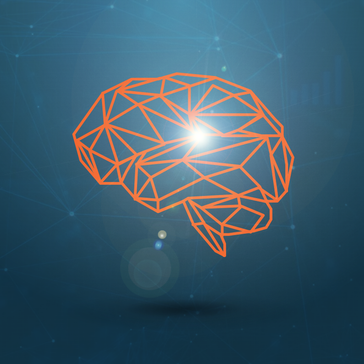 2001: A Space Odyssey imagined a high functioning Artificial Intelligence (AI) named Hal that evolved from being a helper and friend to humans to ultimately become their biggest nemesis. Cinema and media have both perpetuated the idea of self-aware computers taking over the world, enslaving their human inferiors. But while that all makes for great entertainment, the reality of AI is much more simplistic, if not a bit mundane, in application. The fact is that AI is designed for use as tools to improve, not replace, the human condition. And one area that is seeing the most benefit is the safety industry. AI in the workplace is nothing new. The manufacturing industry has utilized it for decades. Robotic arms used to operate assembly lines were one of the first means of implementation in industry. These machines harness data patterns and predictions using AI to bridge the gaps in static safety processes to decrease injuries and production errors. Because of the success of AI in manufacturing, it’s predicted to have unprecedented growth in the future. In fact, manufacturing experts predict that AI will increase the GDP more than $15 trillion by 2030. These machines will be used to automate functions, reducing risk by maintaining reliable and consistent output. This will not only keep workers safer but improve efficiency. AI as a tool of the safety trade
The belief that all tradesmen will lose their jobs to AI is a falsehood. There will always be a place in commerce for craftsmen and tradesmen because original ideas will always be in demand. AI in industry will eliminate error associated with worker fatigue and inconsistencies. Jobs that are replaced with AI will allow companies to save resources, money and time which they can use to employ people in more creative and multifaceted positions safe from the dangers of the production line. ISO has published Technical Specifications for working with “collaborative robots,” and more guidelines will emerge as AI broadens its scope within the safety industry. Harnessing data for tomorrow’s safe workplace Companies today are generating massive amounts of data thanks to widespread connectivity through IoT. According to McKinsey Global Institute, data-driven modes of operation are disrupting numerous industries. The safety industry stands to benefit as well by integrating data with AI to perform predictive analysis. Predictive analysis is the system that AI uses to learn patterns in the data, which then allow it to program itself in the event of an accident, or even to prevent one. This is the real benefit of AI in the safety industry: its ability to provide consistent output and learn from, predict and prevent errors all at a much faster rate than humans. Safety processes are often manual, redundant and given little consideration by workers and management. When workers dismiss safety processes as mundane and routine, accidents happen. This is where AI can truly come to the rescue. But getting humans to accept AI as a normal part of industry operations is another matter. Natural language processing (NLP) is an AI strategy that can increase engagement through personalized outreach between humans and computers, especially as younger generations enter the workforce. Growth and safety Through integrated AI systems The continued development and implementation of AI technology in industry will allow businesses to have leaner, safer manufacturing processes and save millions in losses. The safety industry especially stands to benefit. As reported by Personnel Today, the use of AI for real-time safety monitoring is akin to “carrying a canary into a mine.” The data and information collected by AI systems are direct and observable, which allows instantaneous safety measures to be taken. Additionally, long-term accuracy and machine learning will continue to improve its performance. When professionals using AI collaboratively with connected safety platforms, they stand to benefit from increased worker engagement, fewer accidents, unified safety management and cost effective programming. Harnessing IoT and data integration, an AI system can be implemented to obtain and assess data procured through their connected platform, and ensure unification across all areas of operation improving worker safety and your bottom line. Comments are closed.
|

